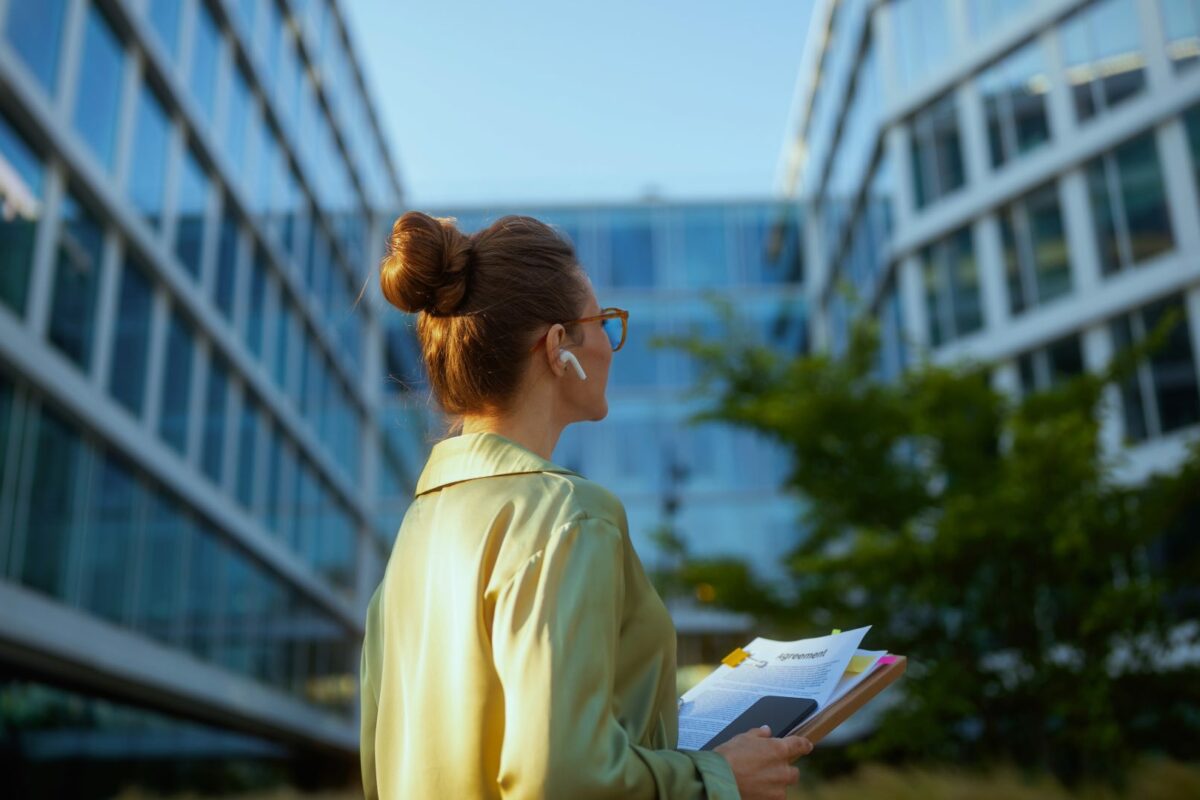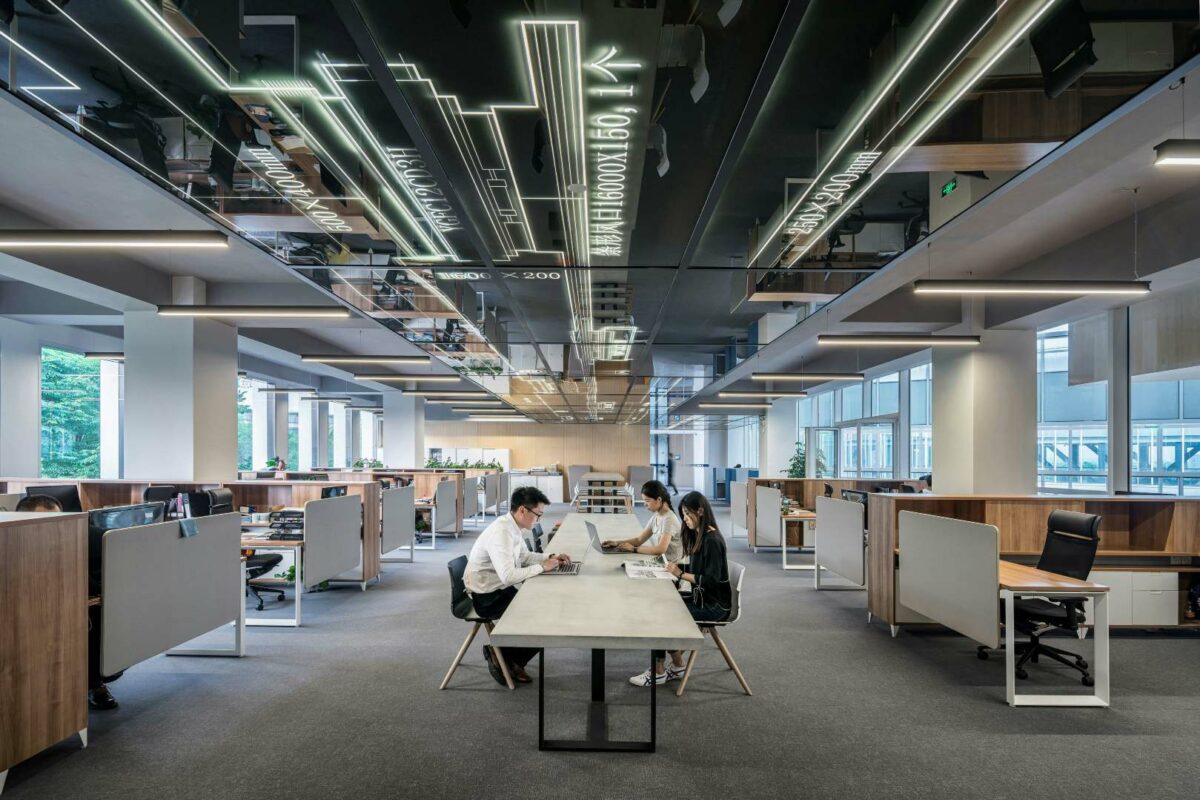Have you ever thought about why bright sunlight, or a great view invigorates a space? By bringing design aspects from the outside world in, we start to receive a plethora of positive benefits, both mentally and physically.
“Biophilia is the humankind’s innate biological connection with nature.”
Biophilic design harnesses our deep-seeded connection with nature to create better spaces for people, whether that be in offices, schools, or hospitals. Etched into a framework from consulting firm Terrapin Bright Green, there are 15 key patterns we can utilise to enhance the spaces we inhabit.
At Work in Mind, we previously interviewed Bill Browning, founder of Terrapin Bright Green, co-author of the report and world leader on biophilic design. He says, “The space you inhabit has a dramatic impact on you – it elicits strong psychological, physiological, and neurological responses. The idea of biophilic design is to create the best possible space for people to inhabit and work in.”
As well as reducing stress, lowering blood pressure, and improving cognitive performance, biophilic design has proven strong ROI for practicing employers. In another report by Terrapin Bright Green, The Economics of Biophilia, their research showed that employees with natural views averaged fewer sick hours.
Regardless of whether your building is in the middle of a bustling city or a calm countryside, the 15 patterns of biophilic design provide a framework to help you incorporate the natural world into your space.
Nature in the space
These are the direct experiences of nature in the workplace and can include having plants in an office space, a window with a view, or something that stimulates the other senses such as the sound of running water or changes in airflow.
- Visual Connection with Nature. A view to an element of nature, living systems and natural processes.
- Non-Visual Connection with Nature. Auditory, haptic, olfactory or gustatory stimuli that engender a deliberate and positive reference to nature, living systems and natural processes.
- Non-Rhythmic Sensory Stimuli. Stochastic and ephemeral connection with nature that may be analysed statistically but may not be predicted precisely.
- Thermal and Air Flow Variability. Changes in air temperature, relative humidity, air flow across the skin, and surface temperatures that mimic natural environments.
- Presence of Water. A condition that enhances the experience of a place through seeing, hearing, or touching water.
- Dynamic and Diffuse Light. Leverages varying intensities and colour of light and shadow that change over time to create conditions that occur in nature.
- Connection with Natural Systems. Awareness of natural processes, especially seasonal and temporal changes characteristic of healthy ecosystems.
Natural Analogues
This category features indirect experiences with nature in the built environment such as artwork, natural materials such as wood or stone, and furniture with organic shapes.
- Biomorphic Forms and Patterns. Symbolic references to contoured, patterned, textured or numerical arrangements that persist in nature.
- Material Connection to Nature. Materials and elements from nature that through minimal processing, reflect the local ecology or geology and create a distinct sense of place.
- Complexity and Order. Rich sensory information that adheres to spatial hierarchy similar to those encountered in nature.
Nature of the Space
Different from the first category, nature of the space examines spatial configurations in nature. In layman’s terms, the physical layout out of a room can have an impact on how we feel. To encompass a feeling of Refuge, a room might have cosy corner that is backed up against a wall, or a booth for private conversations.
- Prospect. An unimpeded view over a distance for surveillance and planning.
- Refuge. A place for withdrawal from environmental conditions or the main flow of activity, in which the individual is protected from behind and overhead.
- Mystery. The promise of more information, achieved through partially obscured views or other sensory devices that entice the individual to travel deeper into the environment.
- Risk/Peril. An identifiable threat coupled with a reliable safeguard.
- Awe. Stimuli that defy an existing frame of reference and lead to a change in perception.
Sophie Crossley
Sophie Crossley is our Content Editor. She has 5+ years of experience in comms with a focus on wellbeing, the built environment, and lifestyle.




